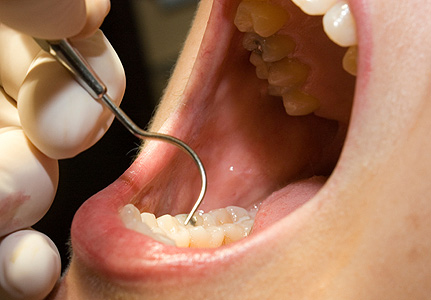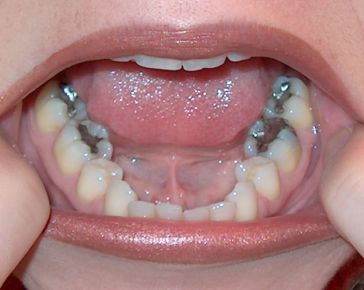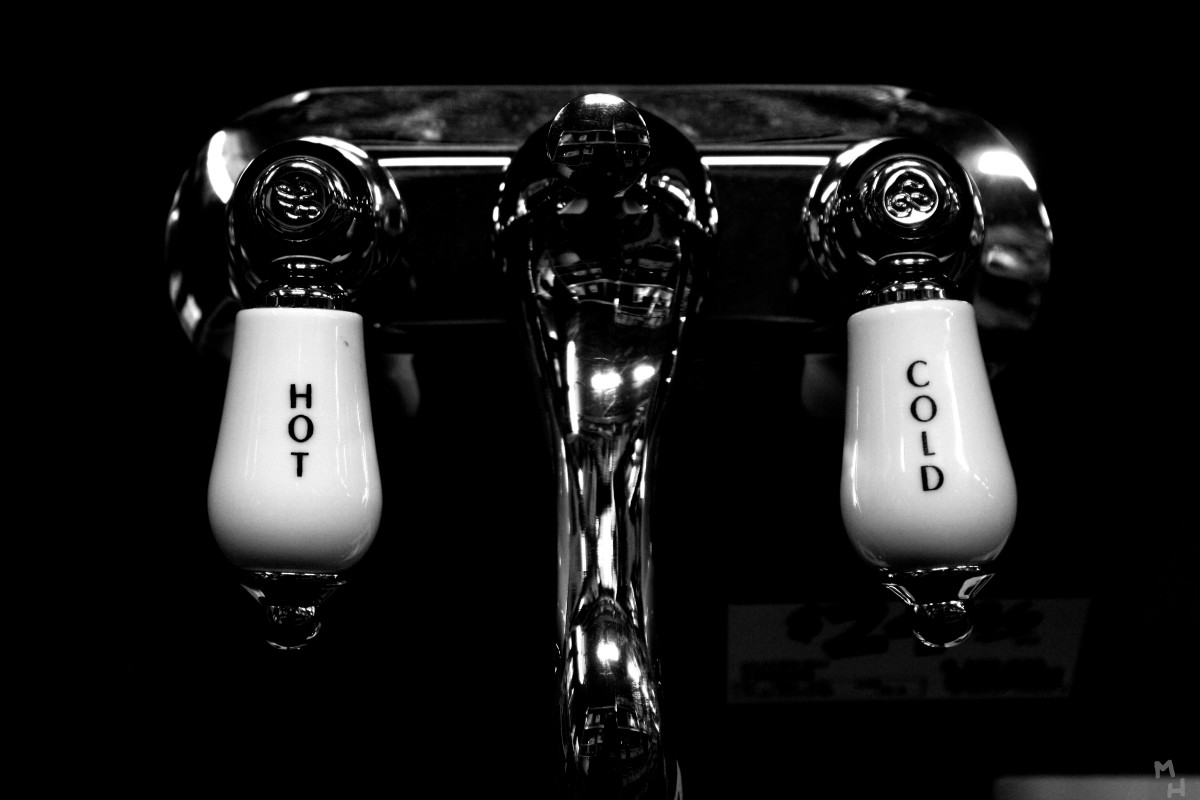Mercury Fillings and Candida

Mercury Fillings and Candida
Do you have any silver or mercury fillings in your teeth? More than likely, you do. For many years dentists have used primarily silver or amalgam (mercury)fillings to repair cavities in teeth. Now research shows that these fillings could be hazardous to your health. Studies now show that there could be a connection between your fillings and your Candida overgrowth problems.
The History of Mercury Fillings
Back in 1833, when amalgam was first suggested for as a material for filling cavities, many dentists were shocked at the mere suggestion of placing this material in someone's mouth because it was composed of 50% mercury. They knew mercury was a highly toxic substance and that it would be dangerous for their patients. Supporters of the technique convinced the majority of their opponents that because the amalgam was blended with copper, silver and zinc and was then solidified, the toxins of the mercury were trapped sufficiently and could not escape into their patients bodies. The amalgam was less expensive than other filling materials and was also easy to work with so it soon became the most common choice for use in dental fillings.
In the late 1920s and early 1930s, controversy about the silver fillings arose once again. Dr. Alfred Stock, a German physician, proved that mercury did escape from those fillings in the form of a dangerous vapor. The American Dental Association (ADA) vehemently denied his claim and the substance remained in continued use.
In 1986, however, amalgam was once again stirring up a controversy. Too much clinical evidence had been gathered for the ADA to keep denying the fact that mercury does escape from amalgam fillings and into the mouths of patients where it is then breathed into their lungs but they did not change their stand and continued to insist that the vapor was harmless. In fact, they even went as far as to changing their code to make it unethical for a dentist to suggest having your silver fillings removed.
The Food and Drug Administration (FDA) could no longer ignore the evidence and announced that mercury fillings should not be used in pregnant or nursing women, small children or people with weakened immune systems.
Mercury Fillings and Candida
How Dangerous is Mercury?
Mercury is believed to be one of the most toxic substances on earth. The Center for Disease Control (CDC)states that there is no acceptable amount of mercury that should enter your body. If you were to ingest only a thimbleful of mercury, you would die. If there is a half gram of mercury found in a 10 acre lake, a warning is issued that fish taken from that lake should not be eaten. Minnesota banned running shoes with lights in the heels because those shoes contained a half gram of mercury in them and was considered potentially hazardous.
The average amalgam filling contains a half gram of mercury. It is estimated that at least 3/4 of the adult population has at least one silver filling containing mercury in their mouths.
It has now been proven that mercury does leach through your teeth. The rising vapor has been caught on tape by cameras placed in the mouths of people with silver fillings.
Every time you eat or drink, particularly hot liquids, you are releasing mercury vapors into your mouth. You then breathe the vapors into your lungs where they enter your bloodstream and are then able to travel to your brain, liver, kidneys and other organs.
As a result of these findings, amalgam fillings containing mercury have been totally banned in the countries of Norway, Denmark and Sweden.
The Connection between Mercury Fillings and Candida
A book called "The Yeast Connection" written by Dr. J. Trowbridge, reports that some doctors who specialize in treating candida have found that at least 98% of their chronic candida patients also had much higher than average levels of mercury in their systems.
We already know that Candida Albicans, a yeast-like organism in the human body, is there to help control harmful bacteria. Another one of its jobs, however, is to fight mercury and other heavy metal toxins in the body. When there is an abundance of mercury in your system, Candida Albicans grows frantically, attempting to eliminate the mercury. This results in candida overgrowth which in turn creates numerous additional health issues.

Candida Resources
Treatment for Candida Caused by Mercury Poisoning
Although mercury is certainly not the only cause of candida, it is believed to be a major contributor. You can have your silver fillings removed but to do so is an expensive procedure and can release major amounts of mercury into your body at one time. If you are considering that solution, you need to see a dentist who specializes in removing amalgam fillings.
Those who have been struggling with Candida with limited results might want to consider visiting a naturopathic physician and have the mercury levels in their systems tested. If it is high, your holistic doctor will be able to guide you towards a safe and natural solutions to your problem, including dietary changes, herbal supplements, and simple lifestyle adjustments.








